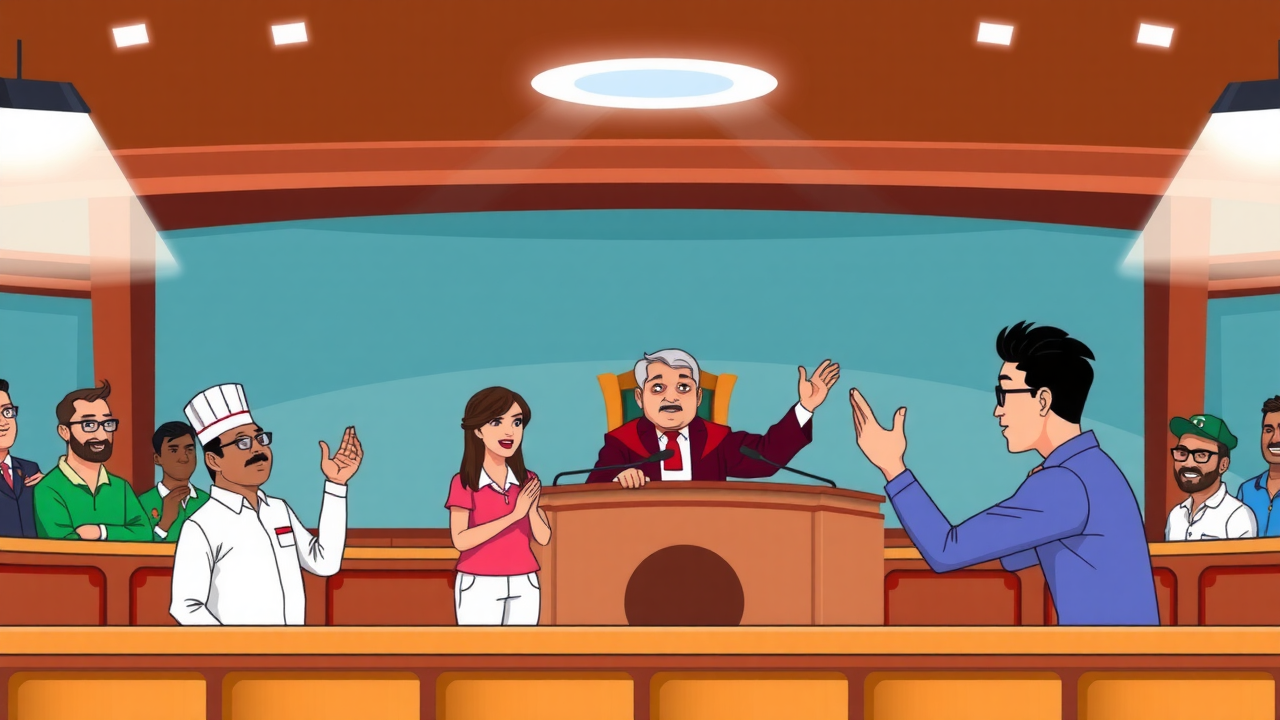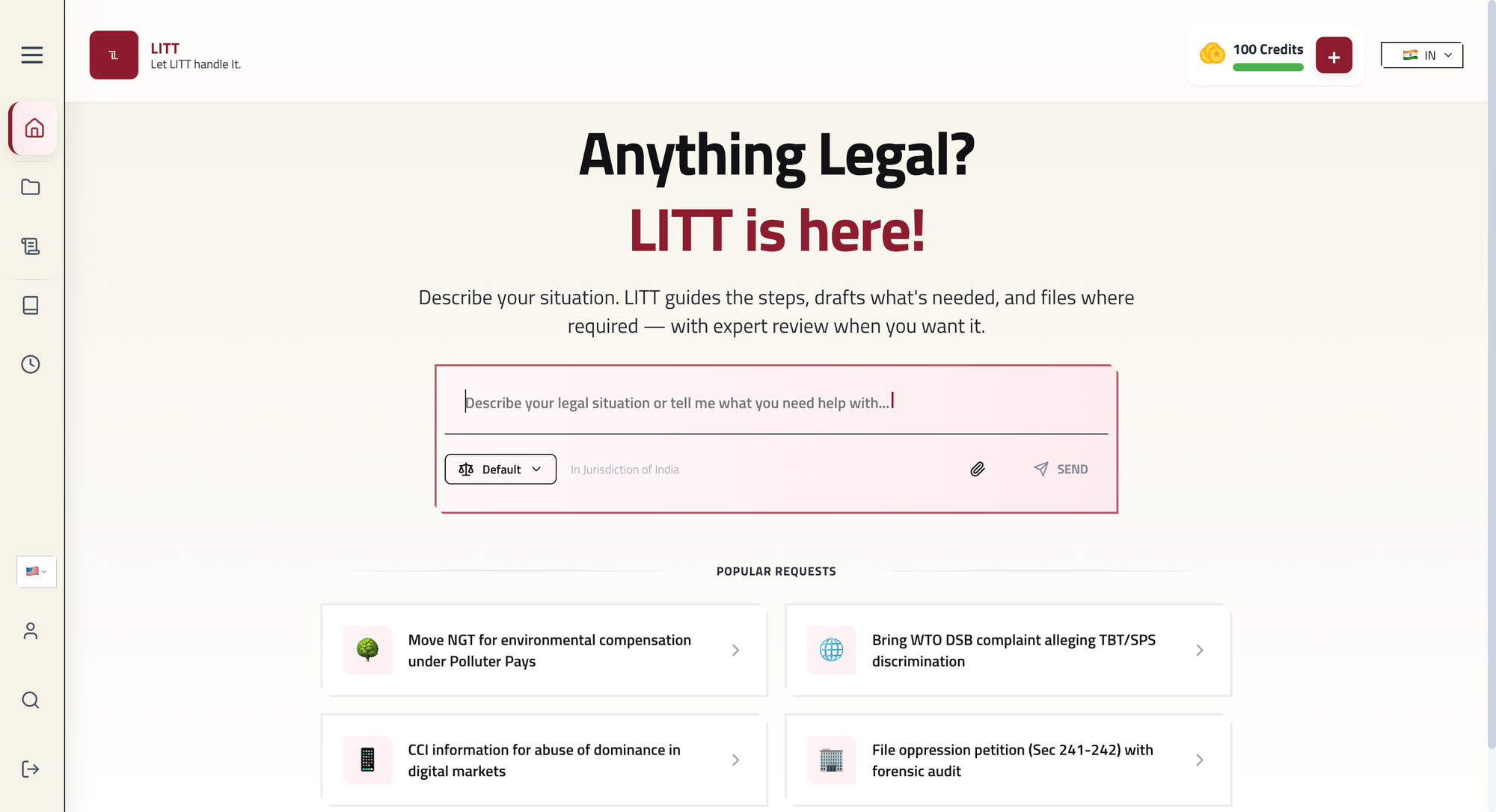In Star India Pvt. Ltd. v. Piyush Agarwal & Ors., the Delhi High Court addressed the conflict between proprietary commercial rights and constitutional freedoms. The court ruled that while factual information cannot be copyrighted, exclusive rights to monetize real-time cricket match updates can be e

AI legal research and drafting tool
“The judgment addresses the complex interplay between proprietary commercial rights and constitutional freedoms. It underscores that while factual information cannot be copyrighted, exclusive rights to monetize real-time updates can be enforced to prevent unfair competition.”
Citation: C.S. (O.S.) No. 2722/2012, Delhi
Date of Judgment: 13th March, 2013
Court: Delhi High Court
Bench: M.L. Mehta (J)
Facts
- Star India Pvt. Ltd. (STAR) filed a suit against Piyush Agarwal (Cricbuzz), Idea Cellular (IDEA), and OnMobile Global Ltd. (ONMOBILE) for allegedly violating exclusive rights to cricket match information granted by the Board of Cricket Control in India (BCCI) through an agreement dated August 10, 2012.
- STAR, representing BCCI’s interests, claimed that the defendants’ dissemination of live match information via SMS and Mobile Value Added Services (MVAS) infringed on these exclusive rights, which involved significant financial investment by STAR.
- The plaintiffs (STAR and BCCI) argued that the defendants’ dissemination of real-time match information without a license constituted unfair competition and unjust commercial enrichment. They relied on the U.S. Supreme Court case International News Service v. Associated Press[1] to support the notion that commercial exploitation of news gathered by another entity’s investment can be unfair competition. They also referenced the Marksman Marketing Services Pvt. Ltd. v. Bharti Tele-Ventures Ltd.[2] decision, which granted an injunction against unauthorized dissemination of match updates, asserting that significant investment in gathering match information merited control over its commercial use.
- Whereas, the defendants argued that no proprietary rights existed beyond statutory copyright protections, asserting that match information was factual and thus public domain news. They invoked constitutional freedom of speech under Article 19(1)(a) to justify their actions and denied claims of unfair competition or misappropriation.
Decision of the High Court
- In this case, the trial court initially granted an interim injunction to STAR, recognizing the substantial investment made by STAR and the BCCI in securing exclusive rights to cricket match information. This interim relief aimed to prevent irreparable harm to STAR’s revenue by restraining the defendants from disseminating real-time ball-by-ball updates.
- As the case progressed, the court continued to weigh the balance of convenience and public interest. It found that while STAR had a right to monetize match information, a blanket prohibition on dissemination was too restrictive. Thus, it imposed a 15-minute delay on real-time updates to prevent unfair competition while allowing the defendants to provide information with a delay.
- The court acknowledged that factual information like match scores enters the public domain but also recognized that real-time dissemination by the defendants exploited STAR’s commercial investment. It clarified that the freedom of speech under Article 19(1)(a) does not cover unrestricted dissemination of commercial products, distinguishing between reporting noteworthy events and commercial ball-by-ball updates.
- The court noted in Para 49 and 50 that “… it is pertinent to note that “news‟ or “noteworthy information‟ arising from a cricket match is very different from the ball-by-ball or minute-by-minute information. For instance, who won the toss and chose to bat/bowl, whether the batsman has scored a century, or a bowler has taken a hat-trick, or a new world record being set constitutes news in the realm of a cricket match. To substantiate with an example, a news channel “reporting‟ a cricket match would not engage in the contemporaneous dissemination of ball-by-ball or minute-by-minute match information. A news channel would only report selective excerpts from the match which is newsworthy. Therefore, it is amply clear that the dissemination of the ball-by-ball or minute-by-minute updates at a premium cannot be exonerated under the freedom of speech and expression as guaranteed under Article 19(1)(a). Meanwhile, all noteworthy information arising from a cricket match constitutes “news”, and the “reporting” of such noteworthy information would be protected under Article 19(1)(a).”
- The interim injunction allowed the defendants to report noteworthy events without restriction, while requiring licensing for real-time updates or a 15-minute delay.
- The court’s decision balanced protecting STAR’s commercial interests with ensuring public access to information, dismissing the defendants’ application for rejection of the plaint and granting the plaintiff’s request for interim relief.
Key legal issues discussed
1. Can BCCI monetize cricket match information?
Yes
BCCI can monetize cricket match information through commercial agreements and licensing arrangements. This is supported by principles of contract law and specific agreements like the Media Rights Agreement between BCCI and STAR. Section 3 of the Copyright Act, 1957, outlines the rights to exploit works commercially, which includes broadcasting and telecasting rights. The Supreme Court in Secretary, Ministry of Information and Broadcasting v. Cricket Association of Bengal[3] upheld BCCI’s authority to control and monetize such rights. The contractual arrangement between BCCI and STAR grants STAR exclusive rights to the information, reinforcing BCCI’s ability to monetize these rights through such agreements.
2. Did the defendants exploit STAR’s efforts without compensation?
Yes
The defendants exploited STAR’s investment in live match information without proper authorization or compensation, constituting “unjust commercial enrichment”. According to Section 70 of the Indian Contract Act, 1872, a person who benefits from another’s effort without compensating them is unjustly enriched. This principle, supported by Mahabir Kishore v. State of Madhya Pradesh[4] and International News Service v. Associated Press[5], highlights that unfair competition arises when one entity benefits from another’s investment without authorization.
3. Are score updates/match alerts considered to be in the public domain?
No
Score updates and match alerts are not immediately considered to be in the public domain. Information enters the public domain when it is freely available without restrictions. According to Section 2(o) of the Copyright Act, 1957, the public domain pertains to works that are not protected by copyright. Since real-time updates hold commercial value and are not widely accessible without payment, they do not immediately enter the public domain. The principle from Victoria Park Racing and Recreation Grounds Co. Ltd v. Taylor[6] indicates that while facts themselves cannot be copyrighted, their commercial value justifies protection from unauthorized use until widely accessible.
The court noted in Para 25 that “It is amply clear that the plaintiff, as the assignee of BCCI is not claiming copyright (or any other similar right) over information arising from a cricket match. In this regard, I find that the decisions in the Feist Publications Case, Victoria Park Case, Theflyonthewall Case and EBC Case, cited by the defendants in furtherance of this argument to be irrelevant. I also do not consider it relevant to examine if match information is a product of the “originality or creativity” of the plaintiff. Besides, it is a well settled principle of Copyright Law, that “facts” cannot be copyrighted.”
4. Did the defendants have a constitutional right under Article 19(1)(a) to disseminate match information?
No
The defendants did not have an unrestricted constitutional right under Article 19(1)(a) of the Indian Constitution to disseminate match information in a commercial context. Article 19(1)(a) protects freedom of speech and expression but does not cover commercial exploitation of proprietary information. The Court in Tata Press Limited v. Mahanagar Telephone-Nigam Limited[7] held that while freedom of speech is protected, commercial use of proprietary information requires authorization and is not covered under the same freedoms. The defendants’ commercial activities that infringe on STAR’s proprietary rights are not protected by this Article.
5. Should public interest be considered in resolving the dispute?
Yes
Public interest must be considered when resolving disputes involving proprietary commercial rights and public access to information. The Court must balance STAR’s commercial rights with the public’s right to access information. This approach aligns with principles from Secretary, Ministry of Information and Broadcasting v. Cricket Association of Bengal[8], where the Court balanced commercial interests with public access. Ensuring that proprietary rights do not unduly restrict public access is a key aspect of fair judicial resolution.
6. Was the plaintiff entitled to an interim injunction?
Yes
The plaintiff was entitled to an interim injunction as they demonstrated a prima facie case, balance of convenience, irreparable harm, and consideration of public interest. Section 151 of the Civil Procedure Code (CPC) allows the Court to issue interim relief to prevent harm and maintain the status quo. The Court found that STAR met the criteria for interim relief, showing irreparable harm and that the balance of convenience favored granting the injunction. This approach follows criteria established in Ramniklal N. Bhutta v. State of Maharashtra[9] and Baitarani Gramiya Bank v. Pallab Kumar[10], where interim relief was granted based on these elements, balancing commercial interests with public access.
The court noted in Para 51 that “… it is settled law that before granting an interim injunction under Order XXXIX Rules 1 & 2, the Court is required to identify a prima facie case, determine the balance of convenience and ascertain if there would be irreparable injury to the plaintiff. In addition, Courts are also required to keep in mind the public interest before granting an injunction, as observed by this Court in Patel Energy Ltd. v. Union of India & Anr., LPA No. 718/2012. Following the rule laid down by the Apex Court in Cases such as Ramniklal N. Bhutta v. State of Maharashtra[11], and Baitarani Gramiya Bank v. PallabKumar[12], this Court observed, “The courts have now, besides the three elements of prima facie case, irreparable injury and balance of convenience, also added the element of public interest in the matter of grant of interim relief, and interim relief can be denied if the grant thereof would be against the public interest.”
[1] 248 U.S. 215, 39 S.Ct.68 (1918).
[2] O.A. No. 78/2006.
[3] (1995) 2 SCC 161.
[4] 1989 SCR (3) 596.
[5] Supra note at 1.
[6] Supra note at 5.
[7] AIR 1995 SC 2438.
[8] Supra note at 7.
[9] (1997) 1 SCC 134.
[10] (2004) 9 SCC 100.
[11] (1997) 1 SCC 134.
[12] (2004) 9 SCC 100.


